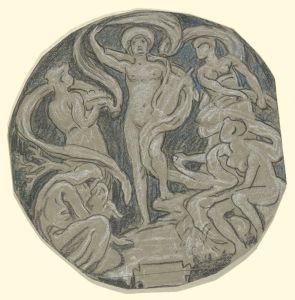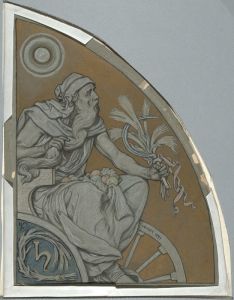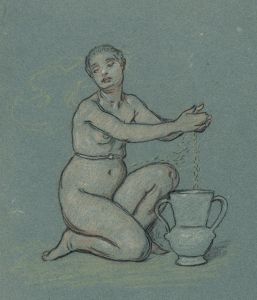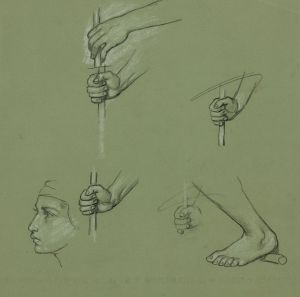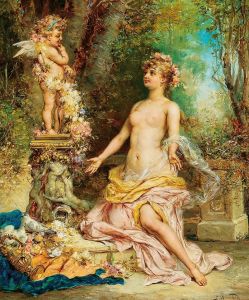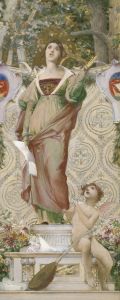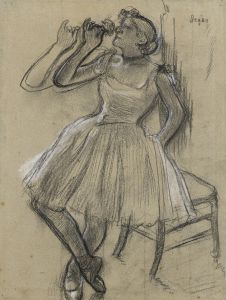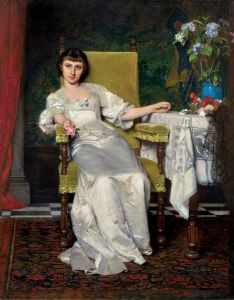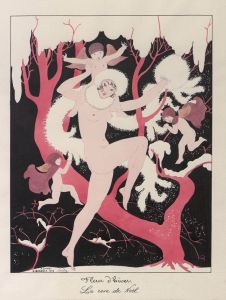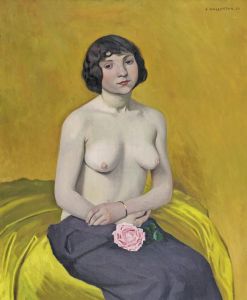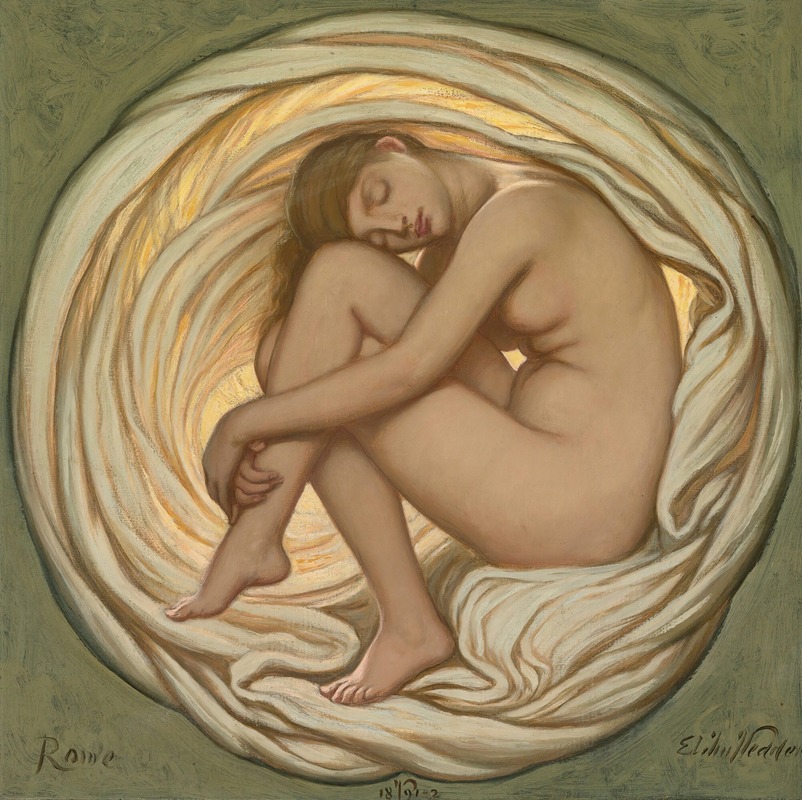
The Heart Of The Rose
A hand-painted replica of Elihu Vedder’s masterpiece The Heart Of The Rose, meticulously crafted by professional artists to capture the true essence of the original. Each piece is created with museum-quality canvas and rare mineral pigments, carefully painted by experienced artists with delicate brushstrokes and rich, layered colors to perfectly recreate the texture of the original artwork. Unlike machine-printed reproductions, this hand-painted version brings the painting to life, infused with the artist’s emotions and skill in every stroke. Whether for personal collection or home decoration, it instantly elevates the artistic atmosphere of any space.
Elihu Vedder's "The Heart of the Rose" is a notable work by the American symbolist painter and illustrator, who was active during the late 19th and early 20th centuries. Vedder is renowned for his mystical and allegorical themes, often drawing inspiration from literature, mythology, and his own philosophical musings. "The Heart of the Rose" exemplifies his unique style and thematic interests.
Elihu Vedder was born on February 26, 1836, in New York City. He spent a significant portion of his career in Italy, where he was influenced by the Italian Renaissance and the burgeoning Symbolist movement. Vedder's work often explores themes of life, death, and the metaphysical, and he is best known for his illustrations of Edward FitzGerald's translation of "The Rubaiyat of Omar Khayyam."
"The Heart of the Rose" is a painting that captures Vedder's fascination with symbolism and the esoteric. The artwork is characterized by its intricate detail and use of allegorical imagery. While specific details about the painting's creation and its current location are not widely documented, it is consistent with Vedder's broader oeuvre, which often features dreamlike and fantastical elements.
In "The Heart of the Rose," Vedder employs rich symbolism, a hallmark of his artistic approach. Roses, often associated with love and beauty, can also symbolize secrecy and the unfolding of deeper truths, aligning with the Symbolist movement's focus on conveying complex ideas through metaphor and allegory. Vedder's use of the rose may suggest an exploration of inner beauty or the hidden aspects of the human soul.
Vedder's technique in this painting, as in many of his works, likely involves a meticulous attention to detail and a layered approach to composition. His paintings often exhibit a harmonious blend of color and form, creating a sense of depth and movement that draws the viewer into the symbolic narrative.
Throughout his career, Vedder's work was celebrated for its originality and depth. He was part of a broader movement of artists who sought to transcend the literal and explore the spiritual and philosophical dimensions of art. His contributions to the Symbolist movement have been recognized as significant, and his works continue to be studied for their innovative approach to visual storytelling.
While "The Heart of the Rose" may not be as widely recognized as some of Vedder's other works, such as his illustrations for "The Rubaiyat," it remains an important piece within his body of work. It reflects his enduring interest in the mystical and the symbolic, themes that resonate throughout his artistic career.
Elihu Vedder passed away on January 29, 1923, in Rome, Italy, leaving behind a legacy of art that continues to inspire and intrigue. His works are held in various collections, including major museums and galleries, where they are appreciated for their unique contribution to American art and the Symbolist movement.








